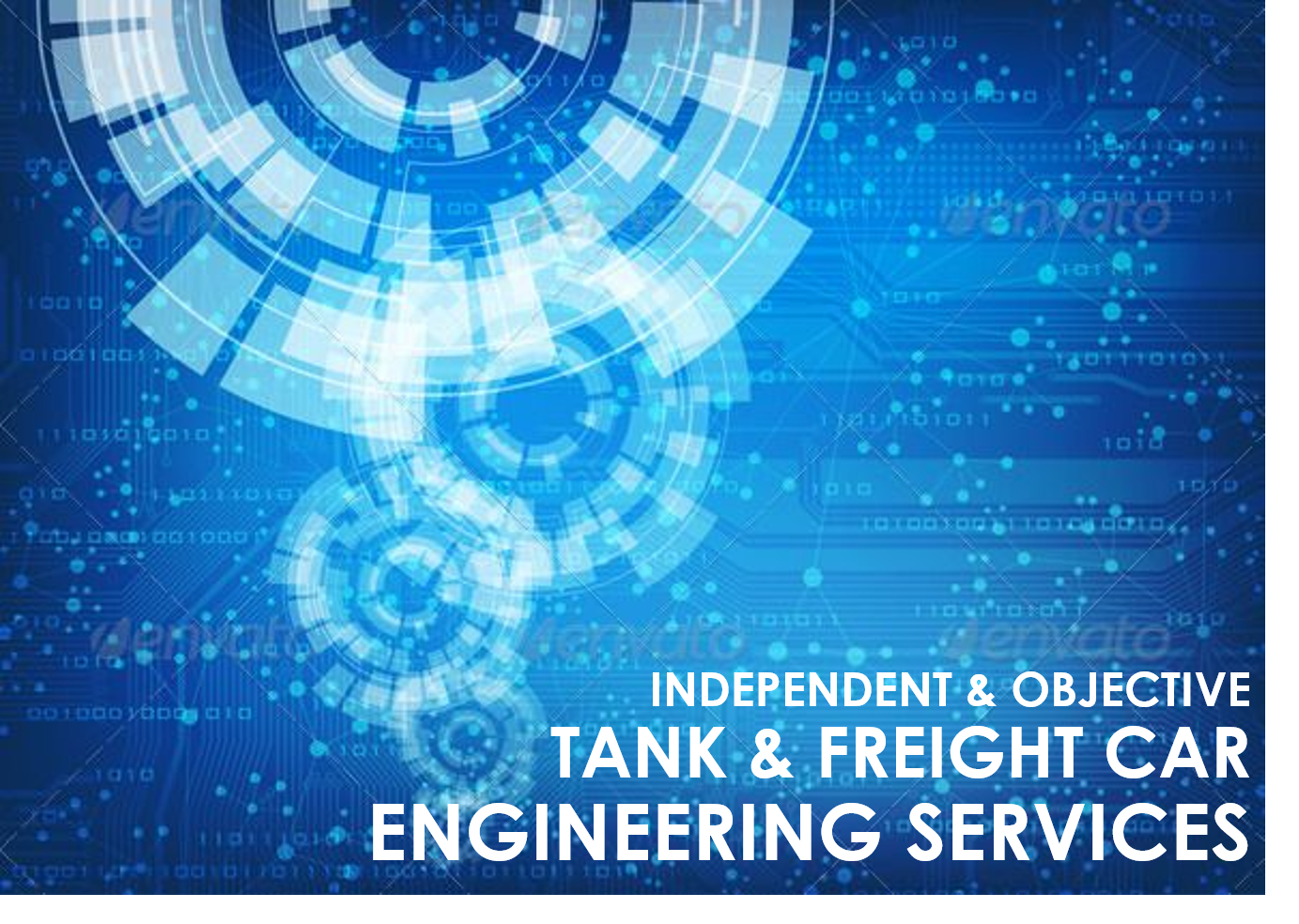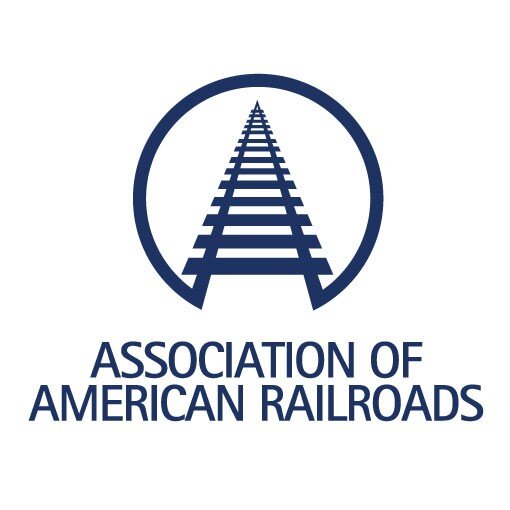AAR Approved Valves: Minimal Standards / Competitor Comparisons
Before you read any further, here’s the disclaimer: The Association of American Railroad (AAR) approves service components that work and do their job, but how does this standard compare to other industries? This post highlights what approval encompasses and why some manufacturers go above and beyond the minimum requirements of the AAR….
The industry average specs were last updated in the 1990s? In other words, many fleets are continue to call out obsolete designs and are clueless about new brands and technologies…
Ball Valves – No Minimum Standards
AAR Approved – What does that mean?
Quite simply: Valves shall be of approved type, made of metal not subject to rapid deterioration by lading, and shall withstand tank test pressure without leakage (CFR 49 179.300-13)
Other than those facilities making valves attaining AAR certification, there are no standards for body casting/ testing for porosity or annealing. There are no standards for minimum/ maximum pressure & temperature testing nor does the AAR require valves to conform to any other industrial standards. As long as it’s leak tight and fulfills the service trial it’s good to go!
Good – Better – Best
To be AAR Approved a minimum of 15 valves must be subjected to a 2-year service trial (10 loaded trips and 5000 loaded miles annually). In other words, it only needs to open/ close a minimum of 40 times during those 2 years and still be leak tight!
What if you knew your valves were designed and independently of the AAR, tested to meet an array of international and industrial standards to open/ close thousands of times under much greater pressures and extreme temperatures.
Wouldn’t you rather have that valve?
When is a ‘Manufacturer’ not a Manufacturer?
There are only a handful of valve manufacturers within the Tank Car Industry. However, just how much of the valve manufacturing/ quality assurance do they manage? How much quality control do these manufacturers have over their components and to what lengths do they test them?
When determining your fleet needs, there is nothing better than a plant tour to provide you with a full and proper appreciation of the quality of those manufacturers and the components they use.
Are they just meeting AAR standards or do their valves also need to meet other standards? For an ideal of what ‘Best’ in our industry looks like click here for Metso-Jamesbury’s: (Approvals, Acceptances and Listings), which includes ASME’s B16.34 standards for new construction, including pressure–temperature ratings, dimensions, tolerances, materials, nondestructive examination requirements and testing.
Ball Valve 101
A ball valve is a control valve, featuring a quarter-turn spherical ball; used for sealing and tight shut-off operations. These valves tough and durable valves are highly customizable, offered in numerous exotic alloys for body, ball and stem as well as an array of PTFE and or metal reinforced seat configurations. As such, ball valves are capable of operating is some of the most temperature and pressure extreme of conditions.
Full Bore vs Standard Bore: Full bore is where the bore of the ball matches the diameter of the pipeline (inlet/ outlet). Standard Bore ball is typically one NPT size smaller than the diameter of the pipeline. For example, a 3” valve standard bore valve has a 2.5 opening in the ball. Why does this matter? While the Full Bore option is slightly more expensive, the difference in performance is exponential as illustrated in the chart below
Seat Designs: Even if we ignore all the manufacturing standards described above, the essence of providing a workable and leak-tight ball valve, is the sole function of the Polymeric seats upon which the ball oscillates around. With the exception of Metso-Jamesbury, all other manufacturers offer what is known as a Jam Seat. These designs in essence are designed with a seat profile that when new provide a tight seal as evidenced by high-torque operation. With repeated actuations, the seats quickly wears down, reducing not only operating torque but more importantly sealing.
Metso-Jamesbury’s proprietary design utilizes a flexible seat providing:
Lower & Permanent Torque (No wear)
Low Pressure Sealing
Wider Temperature Excursions
Longer Cycle Life
Body Cavity Pressure Relief
Warranty: When considering total cost of ownership, often a number of factors are either discounted or completely ignored. Most valve manufacturers only offer a 1-Year Warranty. What does that say about their confidence in their own product?
When designing new valves and evaluating competitors, Metso-Jamesbury global reputation is built on over-engineered and world-class quality. Unfortunately, this is not also the case in our industry. Some of the most common manufacturing short-cuts found included, rusting stainless steel, uneven flange thicknesses, weak stems, bending handles and excessive grease to mitigate poor machining tolerances.
Repairs: (ATTENTION) – Of late we have seen Non-OEM repair kits being used in repaired valves. If you take nothing else away from this post, be forewarned, if you are using these Non-OEM kits, your valve warranty will be VOIDED. None of these kits have been tested and there is no guarantee they will function as intended. Our own research has shown these aftermarket kits to be grossly incorrect both in term of material and geometry.
Furthermore, when it comes to genuine OEM repair kits, not only is the cost and availability a factor, but also the time effort required to disassemble, clean and then safely reassemble and test. If in doubt to the differences, ask any independent repair shop to give you an honest opinion of what they like to work on and what they don’t…
Bonus Features: Choosing a manufacturer for your fleet is always a balancing act. All to often, purchase cost is the primary determinant. Incorrectly, it is typically assumed a valve is a valve. Since there is no published consumer report comparing one brand to another, it is not surprising the perception is one of comparability. Similarly, matters of accountability, availability and overall service are rarely questioned, but what about additional standard features?
The AAR does not require its soft-seated valves to be API-607. Therefore, not surprisingly, this is not something typically found on Tank Car Valves. In layman’s term, API-607 requires a valve to be heated up to approximately 1800F, cooled down and then require the valve to maintain 75% of its original external pressure integrity.
All Metso-Jamesbury Fire-Tite® tank car valve designs meet API 607, Edition 4 requirements!
Conclusion
We hope this post has at the very least provided a little inside knowledge of what is required to both satisfy industry requirements and what differentiates one valve from another.
As a Car Builder, Lessor or Shipper you have choices and all too often those choices were made decades ago.
In addition to the cost, sturdiness, durability and performance of the valves you choose, how does the overall level of service compare between the brands? Are you cars facing long delays when being shopped because your manufacturer has long lead times? Does your manufacturer offer operation and maintenance help in-the-field?
If this was of interest and you’d like to learn more about Tank Car service components, please do not hesitate to contact TransQuip.









